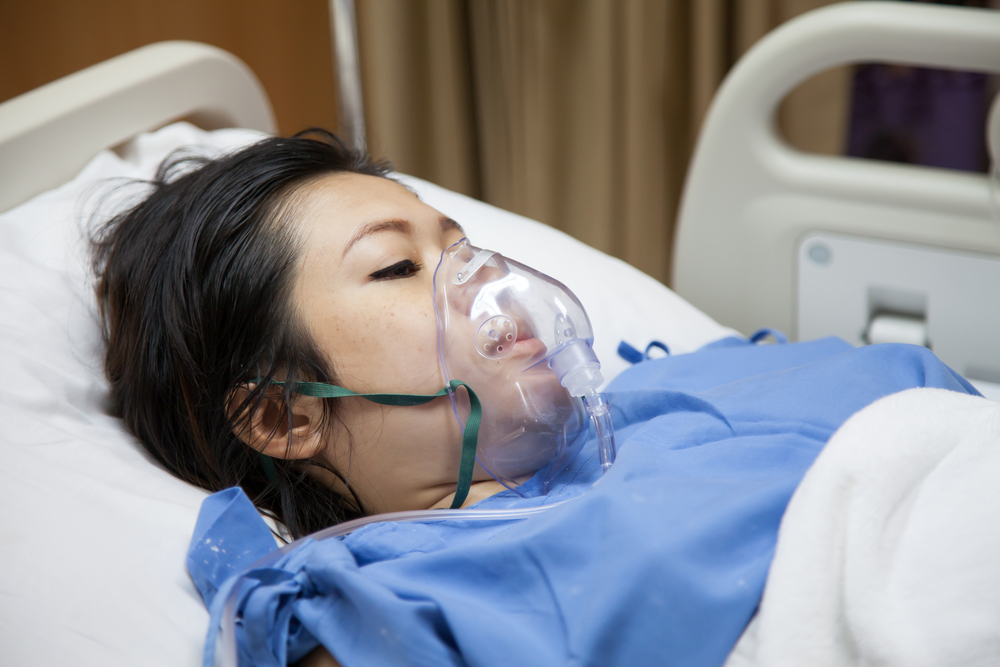A new study urges hospital intensive care units (ICUs) to adopt safety and hygiene protocols to reduce the occurrence of blood clots, lung damage or pneumonia infections when using mechanical ventilators.
The study, “Two-State Collaborative Study of a Multifaceted Intervention to Decrease Ventilator-Associated Events” appeared in the journal Critical Care Medicine.
In it, authors recommend that ICU teams practice interventions to help decrease risks for patients on ventilators. Such procedures include elevating the head of the patient’s bed; using suction to drain secretions from the patient’s mouth tube; helping with oral hygiene by brushing patients’ teeth and using an appropriate disinfectant such as chlorhexidine; and executing daily spontaneous awakening and breathing trials by reducing narcotics and sedatives.
A team of researchers from Baltimore’s Johns Hopkins Armstrong Institute of Patient Safety and Quality conducted the trial from October 2012 to March 2015 in 56 ICUs at 38 hospitals in Maryland and Pennsylvania. Healthcare providers and hospital employees were trained how to implement safety programs to avoid prolonged ventilation, longer ICU stays and increased mortality normally associated with the use of ventilators.
“When patients are sick, complications can happen, and, in some cases, health care-associated infections are thought to be inevitable,” Dr. Sean Berenholtz, the study’s author, said in a news release. “This is the largest study to date to show that these complications of mechanical ventilation, or ventilator-associated events, are also preventable.”
ICU teams reported 69,417 ventilated patients during the 24-month study period. Once the safety and hygiene protocols were in place, ventilator-linked events fell nearly 38 percent, from 7.34 to 4.58 cases per 1,000 patients.
In addition, the number of ventilator-related infections dropped more than 50 percent, from 3.15 to 1.56 cases per 1,000, while possible and probable ventilator-associated pneumonia cases plummeted by 78 percent, from 1.41 to 0.31 cases per 1,000. The trial has since been expanded to all 50 states.
“These complications prolong the duration of mechanical ventilation, and they keep patients in the hospital longer,” Berenholtz said. “This, in turn, leads to higher complications, higher mortality, higher lengths of stay and higher costs. So decreasing these complications is a national priority and helps our patients recover sooner.”


